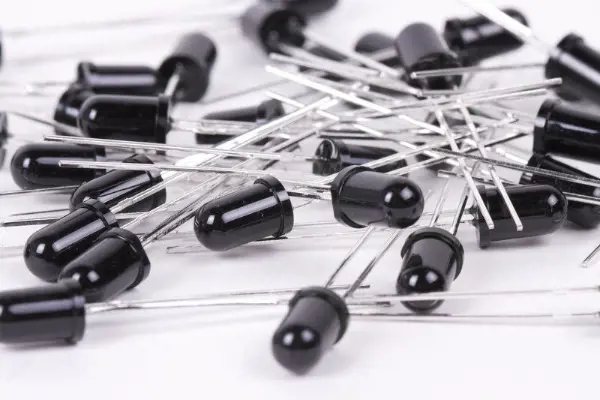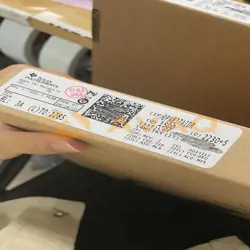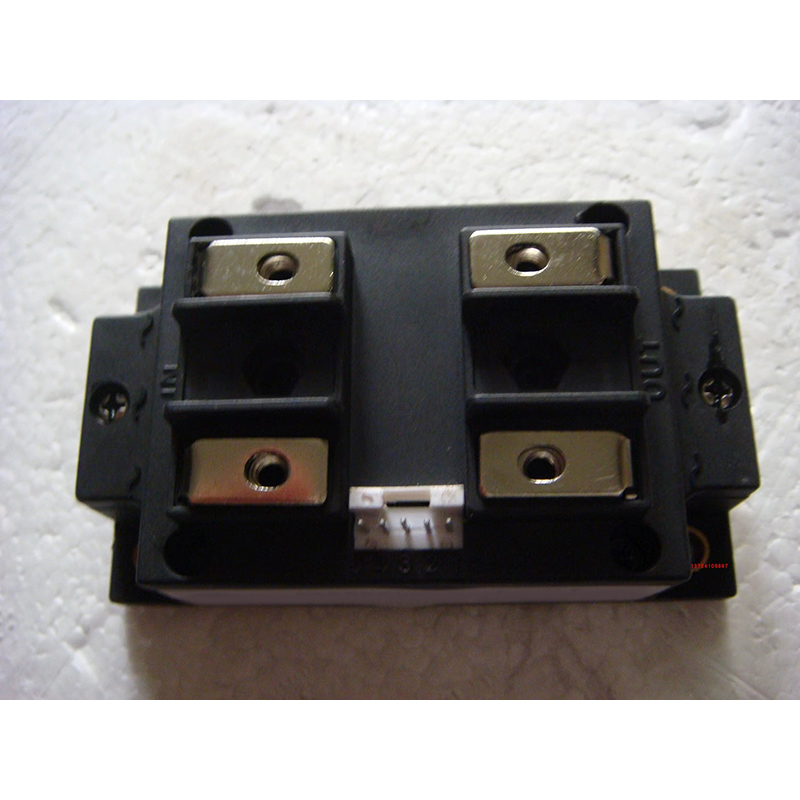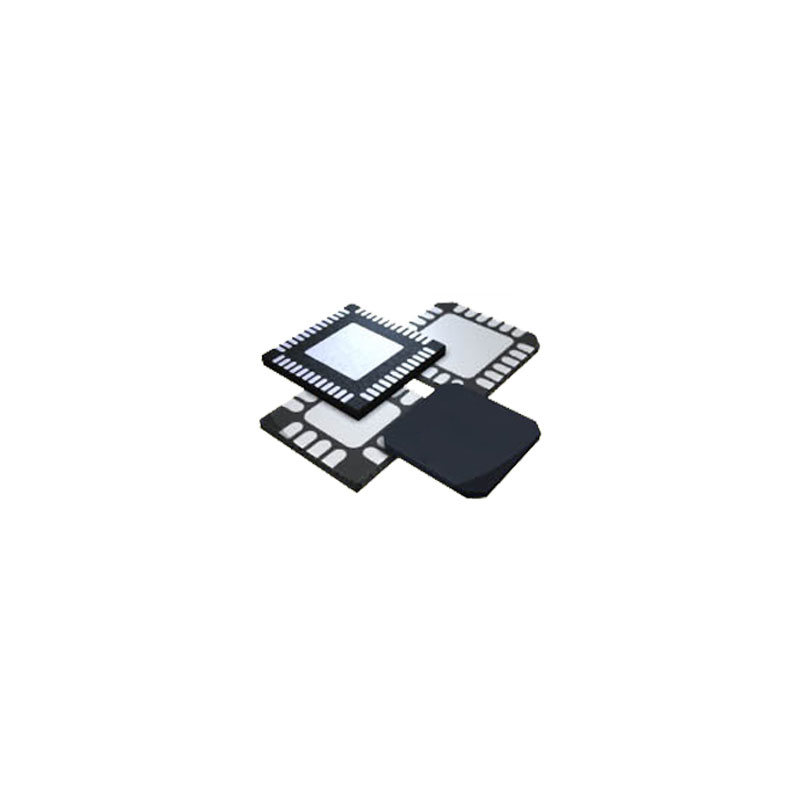[2023] What are Symptoms of a Bad Battery Current Sensor
 Published: May 19, 2023
Published: May 19, 2023
Contents
The battery current sensor is a vital component in modern vehicles and battery-powered systems. It is responsible for measuring the flow of electrical current in and out of the battery, providing crucial information for monitoring and managing battery performance.
However, like any electronic component, a battery current sensor can develop issues over time, leading to inaccurate readings and potential system malfunctions. Recognizing the symptoms of a bad battery current sensor is essential for timely diagnosis and maintenance. In this article, we will explore common symptoms that indicate a faulty or failing battery current sensor, helping you identify and address the problem promptly.
What is a Battery Current Sensor
A battery current sensor is a sensor used to measure the current in a battery during discharge or charging. It provides information about the magnitude, direction and rate of battery current by sensing changes in current and converting them into a measurable electrical signal.
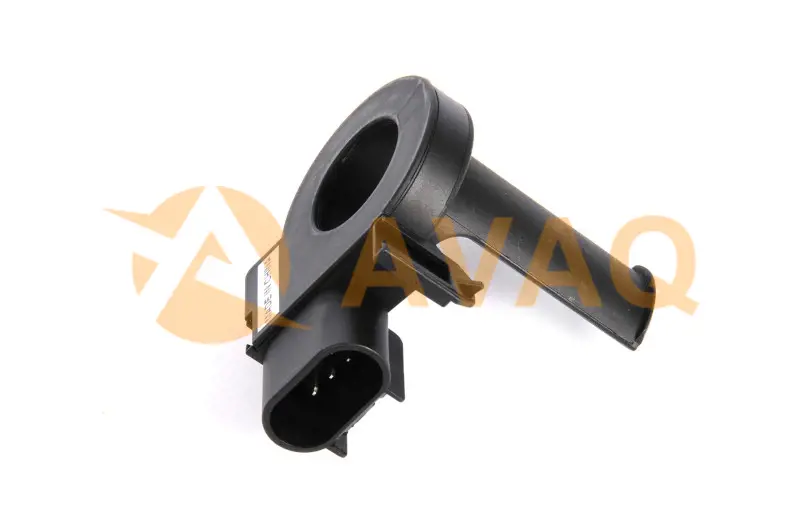
Battery current sensors play an important role in applications such as battery management systems, electric vehicles, and solar cell systems. They help monitor the battery discharge and charging process as well as monitor the battery's operating status. By measuring the current in real-time, the performance, capacity and health of the battery can be assessed and help optimize battery use and management.
Battery current sensors typically consist of a sensor element and signal processing circuitry. The sensor element can use a variety of techniques, such as Hall effect, resistance or inductance measurements, to sense changes in current. The signal processing circuit is then responsible for amplifying, filtering and converting the current signal into an electrical signal that can be measured and analyzed.
These sensors can be non-contact, measuring current by sensing the magnetic field around the current, or contact, obtaining current information by connecting to a measurement point in the circuit. They feature high accuracy, fast response and low interference to ensure accurate measurement of battery current and provide reliable data.
5 Symptoms of a Bad Battery Current Sensor
If you have common GM battery current sensor problems, you could check the following symptoms for help,
❗ 1. Inaccurate current measurement: The battery current sensor may not accurately measure the current during battery discharge or charging. Measurements may deviate from actual values, displaying erratic or inconsistent values.
❗ 2. Zero current reading: The battery current sensor may fail to detect current, resulting in a consistent zero reading.
❗ 3. Drift or drift: The sensor may drift or drift, meaning that it displays a non-zero current reading even when no current is flowing. This can lead to misleading and inaccurate measurements.
❗ 4. Unstable output: When a battery current sensor is faulty, its output signal may become unstable. Current readings may jump, fluctuate, or be discontinuous and not conform to the expected pattern of variation.
❗ 5. Fault Indicator: Some battery current sensors have a fault indicator or error code to indicate a sensor failure or abnormal condition. The indicator may illuminate or blink when the sensor is malfunctioning.
How to Fix a Bad Battery Current Sensor 2023
If the battery current sensor is bad, the following are some possible solutions:
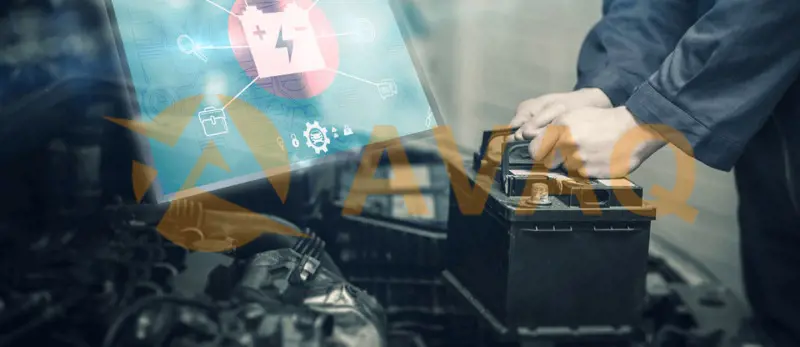
Fix 1. Check the connection: First make sure the sensor is properly connected to the circuit and check for loose or damaged connectors or plugs. Replug the sensor and make sure the connection is good.
Fix 2. Reset or recalibrate: Some sensors may have a reset or recalibration function. Consult the appropriate instruction manual, instruction manual, or technical guide provided by the manufacturer for instructions on how to perform the reset or calibration operation.
Fix 3. Check the circuitry and power supply: Check that the circuitry and power supply to which the sensor is connected are working properly. There may be a faulty circuit component or power supply problem causing a problem with the sensor. Check the stability of the circuit connections, solder joints, and power supply.
Fix 4. Replace the sensor: If the above steps do not resolve the problem, it may be necessary to consider replacing the battery current sensor. Contact the manufacturer or the appropriate technical support to find out if the sensor can be repaired or replaced. If the sensor is still under warranty, inquire about the possibility of obtaining a free repair or replacement.
Fix 5. Seek professional help: If you are unsure how to fix the problem or need more in-depth diagnosis and repair, it is recommended that you seek professional technical support. Contact the manufacturer, supplier or relevant electronic equipment repair specialist for professional advice and service.
Note that specific solutions may vary depending on the sensor model, manufacturer, and application environment. Before attempting any remediation, ensure that you understand the relevant technical requirements and operating guidelines and follow safe operating procedures. If you do not have the necessary technical knowledge and skills, it is best to leave the repair task to a professional.
You may like: [Solved] How to Bypass Battery Current Sensor 2023
Notable Manufacturers of Battery Current Sensors
There are several well-known companies with a good reputation in the field of battery current sensors. The following are some of the well-known manufacturers of battery current sensors:
- Allegro Microsystems: Allegro Microsystems is a leading manufacturer of integrated circuits and offers a wide range of current sensor products including sensors for battery current measurement.
- Texas Instruments: Texas Instruments is a well-known semiconductor company that offers a wide range of power management and measurement solutions, including current sensors. Their products are used in a wide range of battery management and energy monitoring applications.
- Melexis: Melexis is a company that specializes in sensors and integrated circuit solutions, they provide high performance sensors for battery current measurement.
- STMicroelectronics: STMicroelectronics is a leading global semiconductor manufacturer that offers a wide range of sensors and power management products, including sensors for battery current measurement.
The following table shows the main differences between the 4 manufacturers of battery current sensors:
| Manufacturer | Technology | Features and Functions | Packages and Interfaces |
| Allegro Microsystems | Hall effect | High accuracy, low noise, fast response | Multiple package and interface options |
| Texas Instruments | Hall effect, resistive, inductive | High accuracy, low power, good linearity | Multiple package and interface options |
| Melexis | Hall effect, resistive | High accuracy, low power, reliability, overcurrent protection | Multiple package and interface options |
| STMicroelectronics | Hall effect, resistive | High accuracy, low power, temperature compensation, overcurrent protection | Multiple package and interface options |
These companies have extensive experience and expertise in the field of battery current sensors and offer high-quality, reliable products. Of course, there are other manufacturers who also offer battery current sensors. When choosing the right product for your needs, you can learn more about the features and product performance of each brand.
Conclusion
In conclusion, being aware of the symptoms associated with a bad battery current sensor is crucial for maintaining the optimal performance of your battery-powered systems. If you observe any of the mentioned signs or any GM battery current sensor problem, it is recommended to consult with a professional or perform troubleshooting steps to accurately diagnose the issue.
Timely detection and resolution of a faulty battery current sensor can prevent potential system malfunctions, improve battery life, and ensure the overall safety and efficiency of your electrical systems. Remember, regular maintenance and periodic checks are key to keeping your battery current sensor and associated systems in good working condition.
 FAQ
FAQ
- Are there wireless or non-contact battery current sensing technologies available?
- Yes, there are wireless or non-contact battery current sensing technologies available, such as magnetic field-based sensors or Hall-effect sensors. These sensors measure the magnetic field generated by the current flow without the need for physical electrical connections. They can be advantageous in certain applications where isolation, convenience, or space constraints are important considerations.
- Can a battery current sensor be used for different types of batteries?
- Yes, battery current sensors can be used with various types of batteries, including lead-acid, lithium-ion, nickel-cadmium, and more. However, it's essential to ensure that the sensor is compatible with the specific battery chemistry and voltage levels to obtain accurate measurements.
- What are the benefits of using a battery current sensor?
- Battery current sensors provide valuable information about the battery's charging and discharging behavior. They enable monitoring of current levels, which helps in optimizing battery usage, detecting abnormal conditions, preventing overcharging or overdischarging, and ensuring the battery's safety and longevity.
- What are the types of battery current sensors?
- There are different types of battery current sensors available, including resistive shunt-based sensors, Hall-effect sensors, current transformers, and integrated circuit-based sensors. Each type has its own advantages and suitability for specific applications.
 Popular Industry Focus
Popular Industry Focus
Hot Products
-
![OPA827AIDR]()
OPA827AIDR
TI
J-FET Amplifier 1 Circuit 8-SOIC
-
![UA78L05CLP]()
UA78L05CLP
Texas Instruments
This LDO regulator ensures a stable 5V output voltage for applications requiring low power consumption
-
![LM317S]()
LM317S
Texas Instruments
75dB@(120Hz) 1.2A Adjustable 1.2V~37V Positive electrode 40V TO-263 Linear Voltage Regulators (LDO) ROHS
-
![TPS54527DDAR]()
TPS54527DDAR
Texas Instruments
Compact and efficient
-
![TPS54361DPRR]()
TPS54361DPRR
Texas Instruments
Versatile BUCK Converter for Various Applications
-
![REF3325AIDBZR]()
REF3325AIDBZR
TI
Series Voltage Reference IC Fixed 2.5V V ±0.15% 5 mA SOT-23-3
Related Parts
-
![HASS 400-S]()
HASS 400-S
LEM USA Inc.
Current Sensor 400A 1 Channel Hall Effect, Open Loop Bidirectional Module
-
![HLSR 10-SM]()
HLSR 10-SM
LEM USA Inc.
Current Sensor 10A 1 Channel Hall Effect, Open Loop Bidirectional Module
-
![HAT 500-S]()
HAT 500-S
LEM USA Inc.
Current Sensor 500A 1 Channel Hall Effect, Open Loop Bidirectional Module
-
![CSLA2EN]()
CSLA2EN
HONEYWELL
Current Sensor 950A 1 Channel Hall Effect, Open Loop Bidirectional Module, Single Pass Through
-
![ACS756SCA-100B-PFF-T]()
ACS756SCA-100B-PFF-T
Allegro MicroSystems
Fully Integrated, Hall Effect-Based Linear Current Sensor IC with 3 kVRMS Voltage Isolation and a Low-Resistance Current Conductor
-
![CSLH3A9]()
CSLH3A9
Honeywell Sensing and Productivity Solutions
Open Loop Current Sensor AC/DC Current 5V/9V
-
![CSNR151-002]()
CSNR151-002
Honeywell Sensing and Productivity Solutions
Closed Loop Current Sensor AC/DC Current 3-Pin
-
![HOYL 600-S/SP33-1106]()
HOYL 600-S/SP33-1106
LEM USA Inc.
Current Sensor 600A 1 Channel Hall Effect, Open Loop Bidirectional Module, Single Pass Through
-
![SCT-3000-1000]()
SCT-3000-1000
Aim Dynamics
Current Sensor 1000A 1 Channel Transformer w/Conditioning Unidirectional Module, Single Pass Through
-
![MCQ1823GQTE-520UANAEC-Z]()
MCQ1823GQTE-520UANAEC-Z
Monolithic Power Systems Inc.
Board Mount Hall Effect / Magnetic Sensors Automotive-Grade, Linear Hall-Effect Current Sensor with Overcurrent Detection
-
![MCS1823GQTE-505UAL-P]()
MCS1823GQTE-505UAL-P
Monolithic Power Systems Inc.
Current Sensor 5A 1 Channel Hall Effect Unidirectional 12-PowerWFQFN
-
![CTL0501F]()
CTL0501F
Red Lion Controls
Current Sensor 10A, 20, 50A (Selectable) 1 Channel Transformer w/Conditioning Bidirectional Module, Single Pass Through
-
![SCT-0400-015]()
SCT-0400-015
Aim Dynamics
Current Sensor 15A 1 Channel Current Sensor Unidirectional Module, Single Pass Through
-
![AT 150 B10]()
AT 150 B10
LEM USA Inc.
Current Sensor 150A 1 Channel Transformer w/Conditioning Bidirectional Module
-
![HO 25-NP-0000]()
HO 25-NP-0000
LEM USA Inc.
Current Sensor 25A 1 Channel Hall Effect, Open Loop Bidirectional Module

 Update Time: May 22, 2023 Consumer Electronics
Update Time: May 22, 2023 Consumer Electronics![[Solved] How to Bypass Battery Current Sensor 2023](/files/uploads/technology/b/20230517162418battery-current-sensor.webp)

